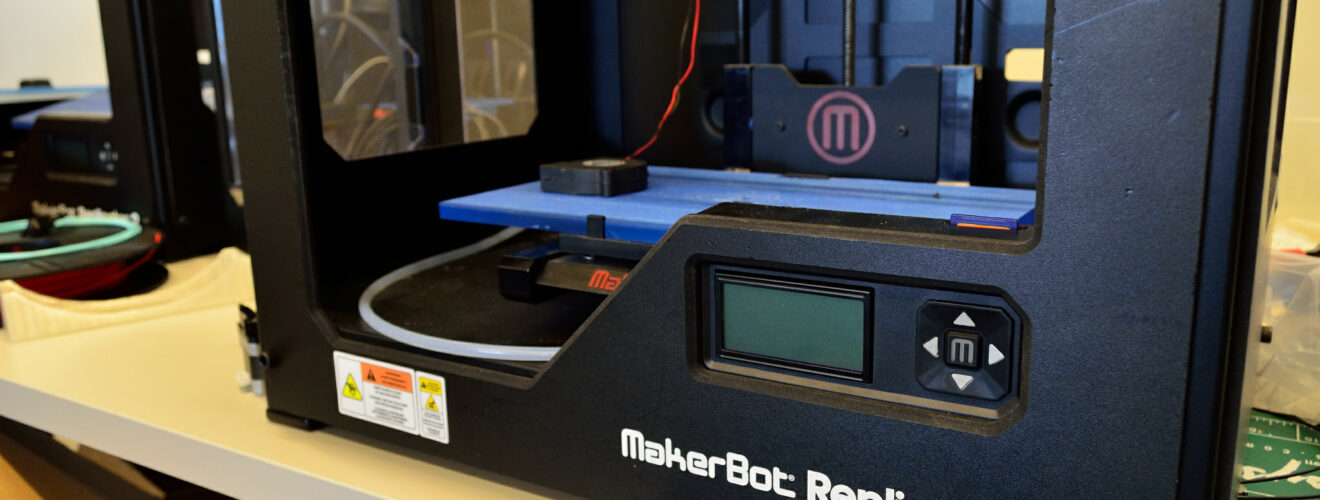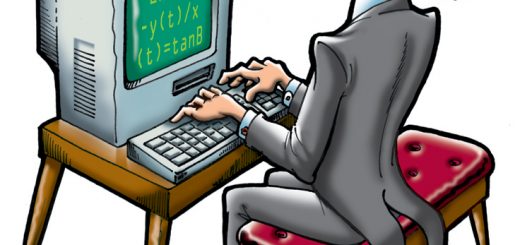Personalised Medicine: Only a Printer Away

Printing a medicine sounds like something out of a sci-fi movie but it’s becoming a reality. You may ask why? Well, it’s all to do with personalised medicine allowing flexibility to the needs of the patient. Every one of us is different – we’re different genders, ages, races, shapes and sizes – so why should there be a one size fits all policy? In fact, it’s believed by scientists that any drug can react completely differently in different people1. Imagine you could go into a pharmacy with a prescription from your doctor and the pharmacist could produce tablets specifically designed for you.
So what does this have to do with printing? Well, recently researchers have been developing the printers akin to the ones found in your house, by changing their standard inks to ones comprising of drugs and excipients (basically everything else within the formulation which helps it work in an effective manner). Replacing the ink allows them to print edible films, but using a home printer is only the beginning. 3D printers for plastics and specially designed inkjet printers have been developed to produce tablets: this cutting-edge technology is constantly improving2. Solutions of drug and polymer filaments with drugs embedded in them replace standard inks and plastic chord like filaments (which are melted down in 3D printers to allow their characteristic piping action). It’s possible to print a range of distinct tablets using the same ink or filament, by tweaking the specifications on a computer. In the long run this could prove much easier and more cost effective than standard methods of manufacturing.
Printing allows us to produce just about anything that is possible to design on a printer. This means your tablets can be designed so we know exactly where the drug is within the tablet. As a result of this, it should be possible to predict how the drug will behave, i.e. is it released quickly for fast-acting use, slowly for treatment over a number of hours, or in increments for use in overnight dosing? Designing tablets also allows a degree of flexibility which means tablets can be produced to the patient’s requirements, whether this is in terms of the release rate of the drug or the overall dose. Ultimately, pharmacists could be supplied with filaments for 3D printers or “inks” and a program to enter the patient’s requirements into. With the first 3D printed tablets approved by the FDA coming on the market this may not be as farfetched as it seems3. So the medicine you see in futuristic movies could be just around the corner!
Edited by Richard Murchie
References
- more on this can be found at https://www.linkedin.com/pulse/why-do-drugs-affect-people-differently-understanding-factors-sharma, http://www.merckmanuals.com/home/drugs/factors-affecting-response-to-drugs/overview-of-response-to-drugs and http://www.sciencedirect.com/science/article/pii/S1871678412000520
- find out more here http://www.pharmaceutical-journal.com/news-and-analysis/printing-medicines-a-new-era-of-dispensing-and-drug-formulation/11122986.article
- more on this is available at https://www.theguardian.com/artanddesign/architecture-design-blog/2015/aug/05/the-first-3d-printed-pill-opens-up-a-world-of-downloadable-medicine










